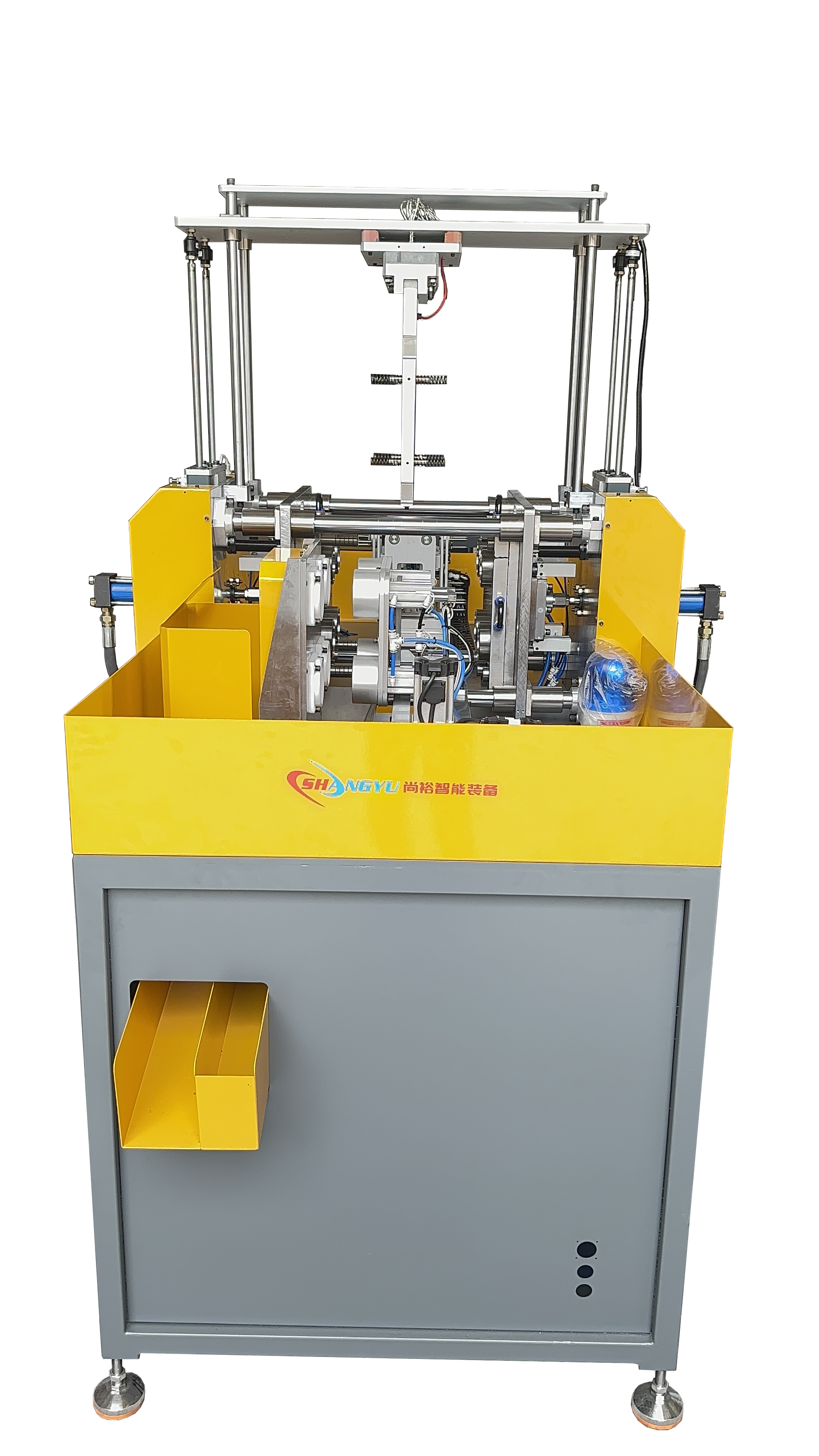The manufacturing of pickleball paddles requires precision and durability, which is why many factories turn to pickball full-automatic welding equipment to streamline production and ensure consistent quality. This advanced technology automates the welding process, helping manufacturers produce stronger, more reliable paddles with minimal human intervention. But how does this specialized equipment work, and what makes it so essential to the manufacturing process? Let’s dive into the details.Even so, Pickleball production equipment We must also adhere to the quality of the industry and create unique products for the company. https://ydjshangyuzn.com
The Role of Welding in Pickleball Paddle Manufacturing
Welding plays a crucial role in the construction of pickleball paddles, particularly when joining different materials like the paddle core and outer surface. High-end pickleball paddles are made from materials like composite, graphite, and fiberglass, which need to be bonded securely to withstand intense play. Traditional manual welding methods can be time-consuming and inconsistent, but pickball full-automatic welding equipment revolutionizes the process by delivering speed, precision, and uniformity.
pickball full-automatic welding equipment
How Pickball Full-Automatic Welding Equipment Works
The core function of pickball full-automatic welding equipment is to join the materials of the paddle without the need for manual labor. Here¨s how the process works:
1. Material Preparation
The process begins with the preparation of the core and the surface materials of the pickleball paddles. Whether the paddle core is made of polymer, aluminum, or Nomex honeycomb, the materials must be properly aligned before welding. The pickball full-automatic welding equipment ensures perfect alignment through its automated setup, minimizing errors that can occur with manual positioning.
2. Automated Welding Process
Once the materials are positioned, the welding process begins. The pickball full-automatic welding equipment is programmed to perform precise welds, using controlled heat and pressure to bond the layers of the paddle. The automated nature of the equipment means that each weld is performed with the same level of accuracy, ensuring consistency across every pickleball paddle produced.
3. Quality Control Through Automation
Another advantage of this equipment is its built-in quality control features. Sensors and cameras monitor the welding process in real-time, ensuring that the bond between the core and the paddle surface is secure and uniform. If any irregularities are detected, the equipment can automatically adjust the settings or pause production to address the issue. This significantly reduces the chances of defective paddles entering the market.
4. Speed and Efficiency
One of the biggest advantages of pickball full-automatic welding equipment is its speed. Traditional manual welding can be slow and labor-intensive, but automation drastically speeds up the process. Manufacturers can produce more paddles in less time, allowing them to meet higher demand and reduce lead times.
5. Energy Efficiency
Many modern pickleball welding equipment suppliers design machines that are not only faster but also more energy-efficient. The equipment uses precise energy control systems that reduce waste and ensure that only the necessary amount of heat is applied during the welding process. This makes the equipment both cost-effective and environmentally friendly.